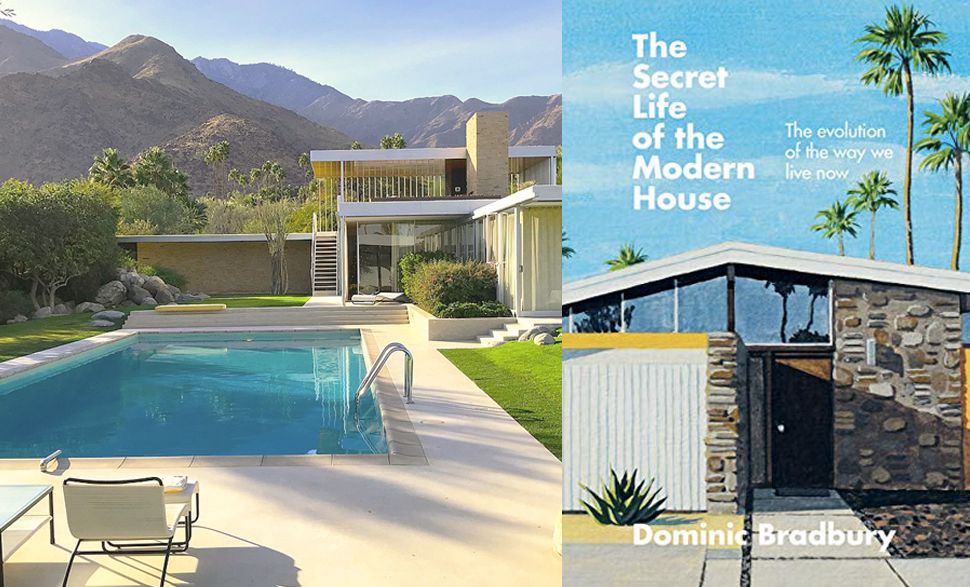We have probably never spent so much time in our homes than this past year. Over this period most of which we spent at home, it has become more than obvious that the impacts of architecture and design on our everyday lives manifest the most vividly in our living spaces. The theme of the book ’The Secret Life of the Modern House’ published in early April is more relevant than ever. It offers an informative and entertaining collection—perfect for daydreaming from home.
The author, Dominic Bradbury, a writer-journalist specializing in architecture and design, presents the story of the transformation of the modern house through ninety iconic buildings. He believes that every home has its own personality, which can also be considered as the echo of its owner. At the same time, they also have internal features that are reaching way beyond us and that are shaping us, the owners, as well.
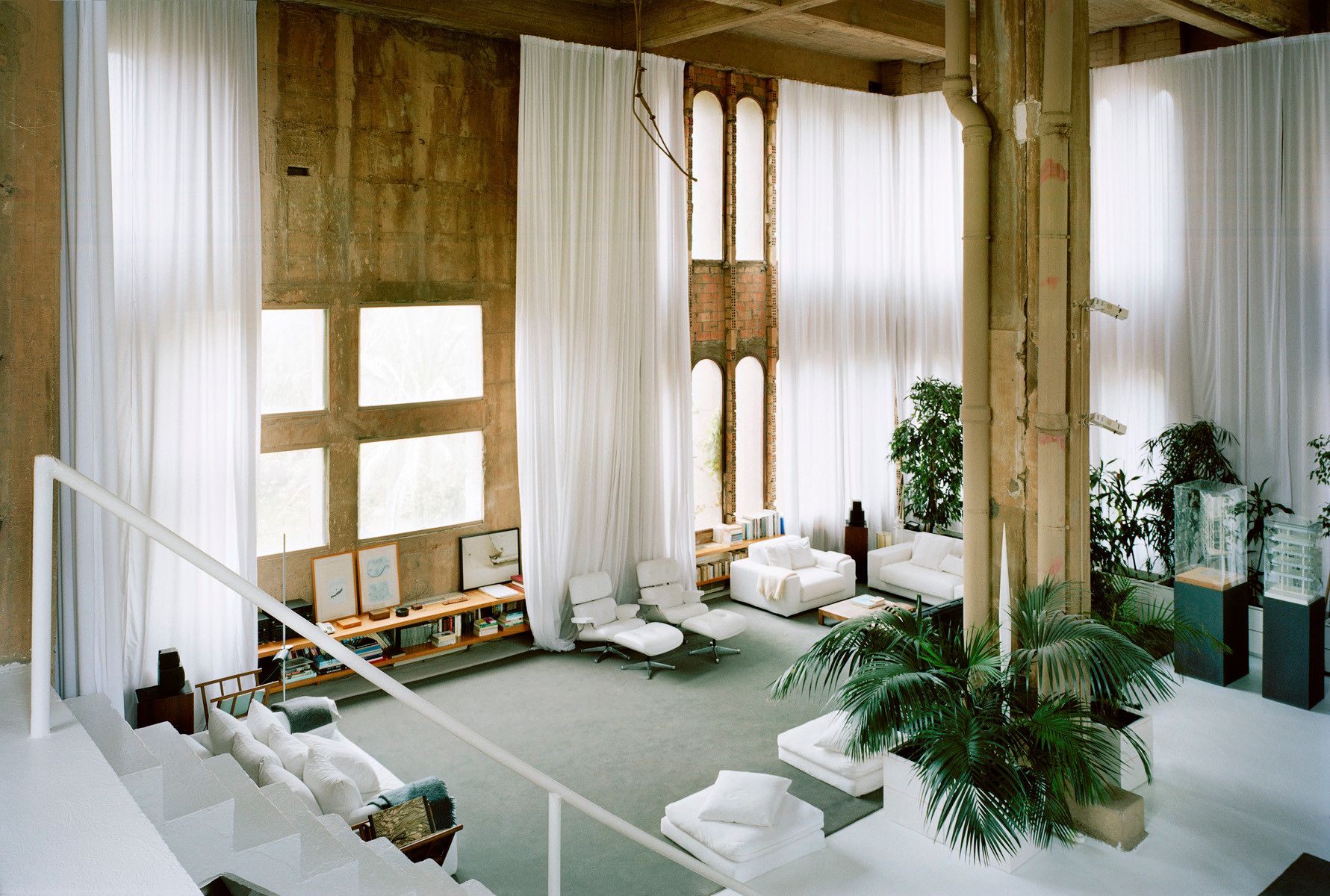
The book talks about the buildings in an entertaining style: it is easy to comprehend also for those who are not overly familiar with the field of modern architecture—at the same time, it could also bring novelties to those with extensive knowledge in architectural history. We can gain an insight into epoch and style-making houses from all over the world, while also getting to know the underlying thoughts of star architects and less known designers as well.
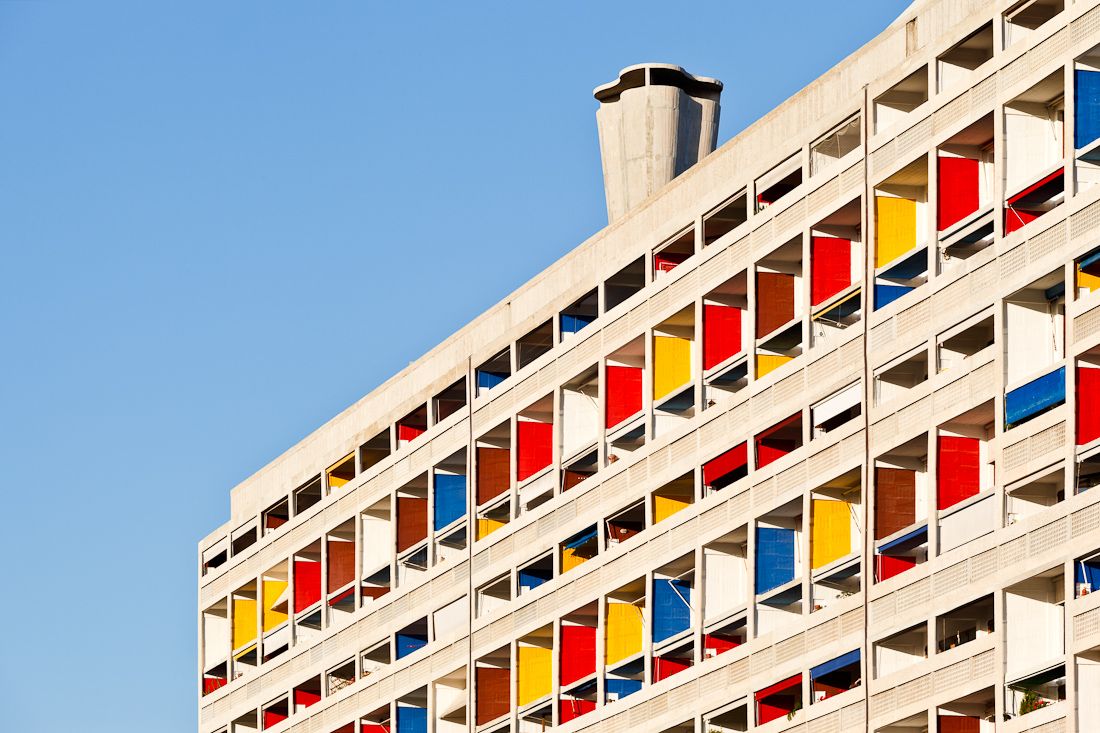
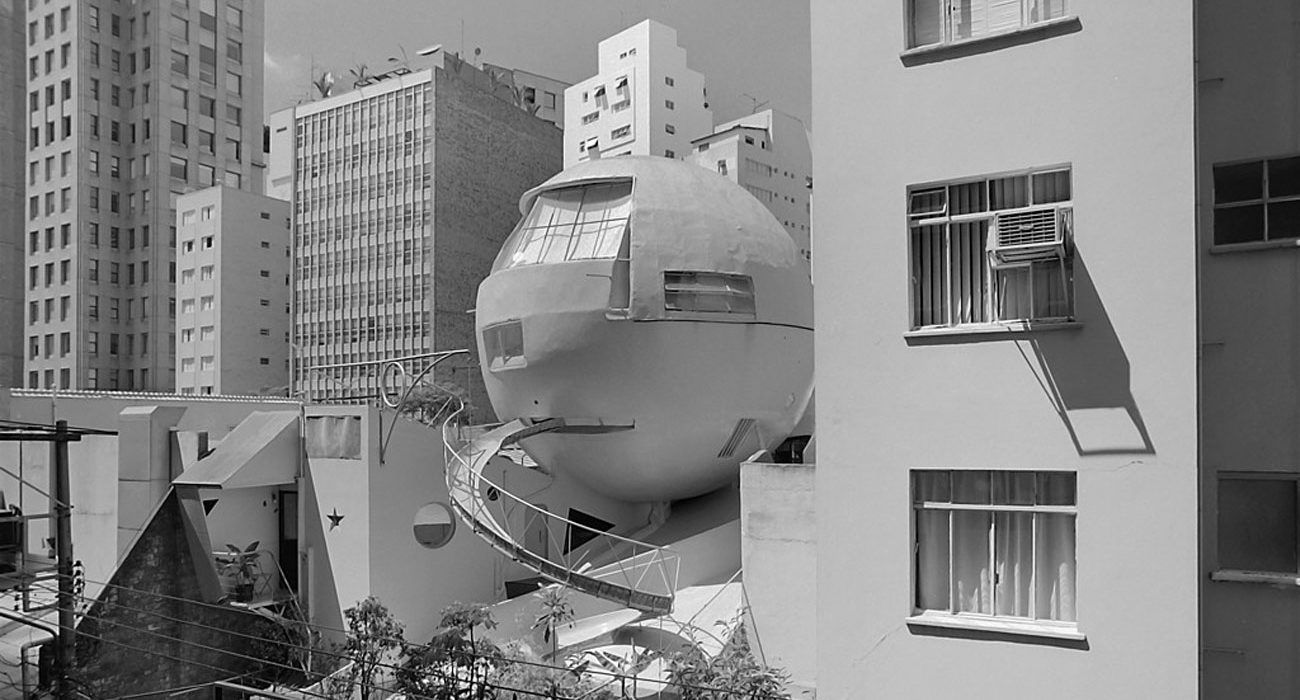
The topic reaches beyond architecture in a narrow sense: it examines and puts into context the factors that influence the emphases of architecture changing by era and location from a broader perspective. The homes presented paint a crystal clear picture of the people’s relationship to nature, society, leisure time and privacy. The former wars, female emancipation, the changed working conditions and the theories of various philosophers, among many others, all manifest in the physical environments. In this sense, the residential buildings live among us as an imprint of the spirit of the age, always in constant motion.
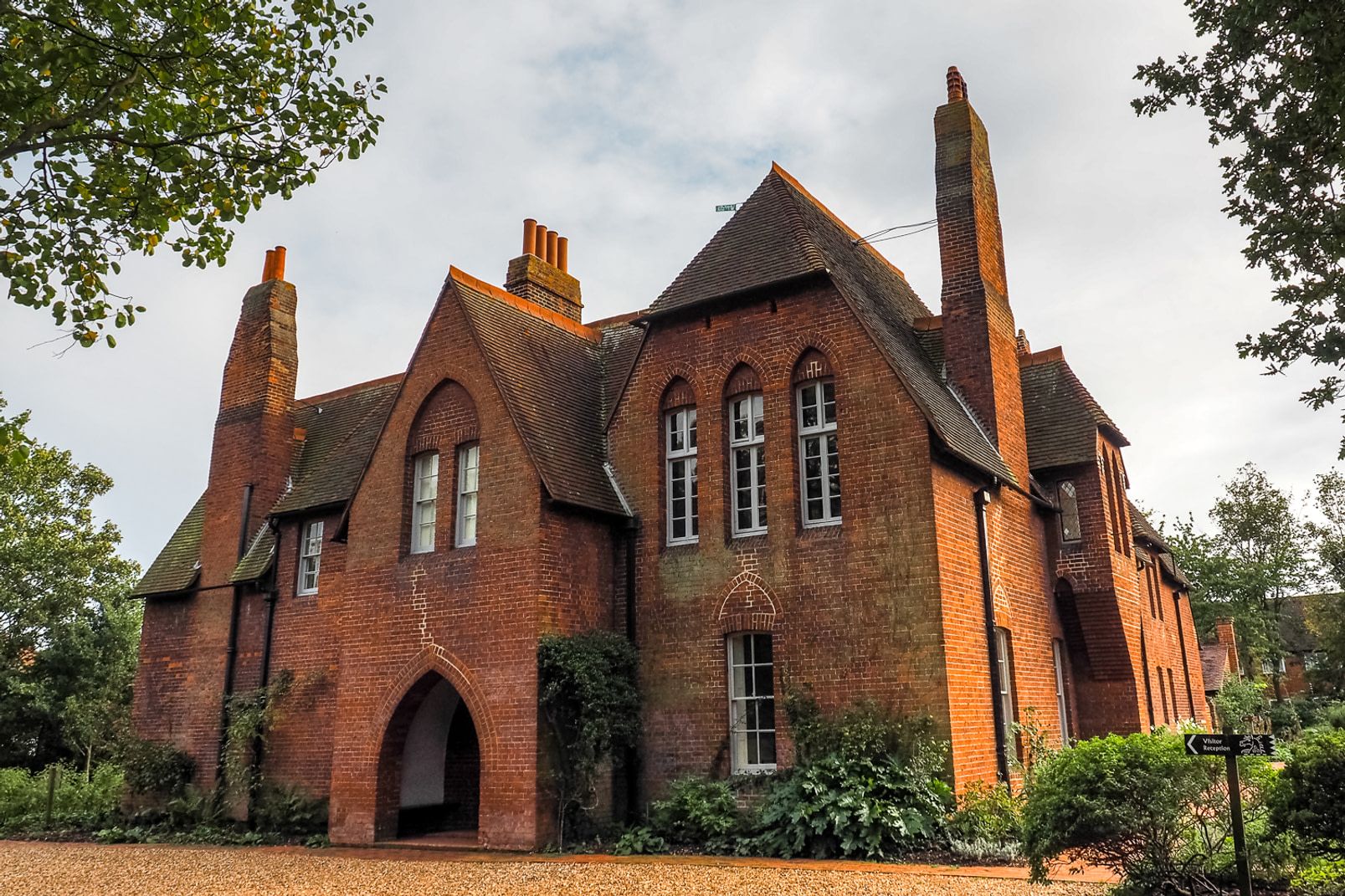
The narrative encompassing 19 thematic chapters starts in 1860, with the Arts and Crafts movement, and with presenting the self-designed home of William Morris, a prominent representative of the trend. The book leads us all the way to the second decade of the 21st century and today’s challenges through Art Nouveau, Art Deco, classic modernism followed by organic, brutalist, postmodern and high-tech examples. According to the author, the reinvention of these residential buildings could also offer a solution to the global problems. It’s a worthy read!
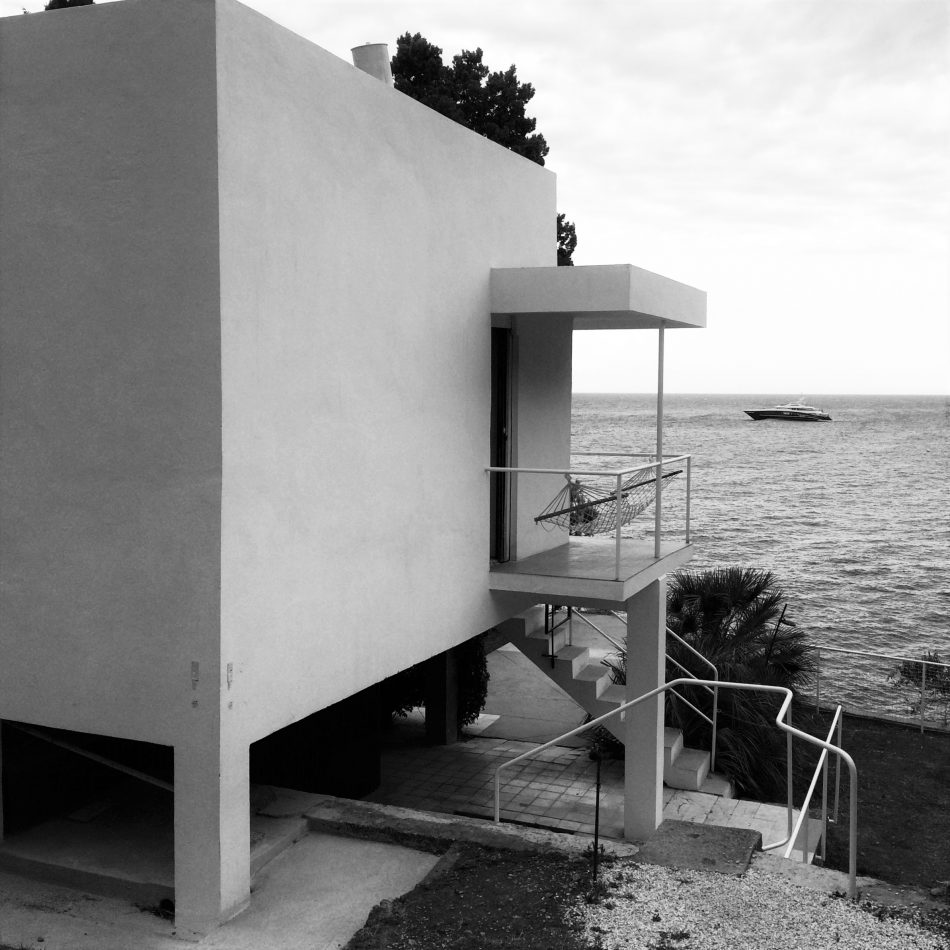


The Czech Grand Design awards were handed over

Vietnamese boldness served professionally | #Bi










